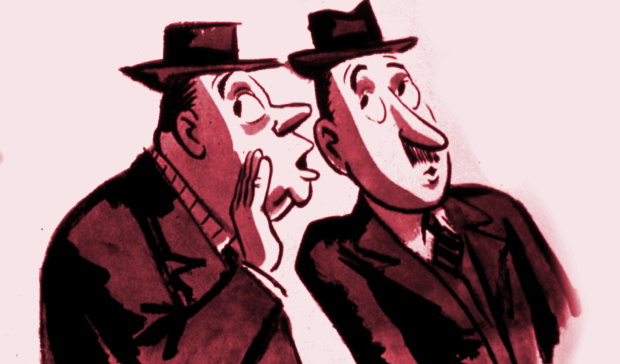Earlier today, we saw this interesting question on Twitter:
I've noticed that (based off tweets) British brewers & beer enthusiasts seem to have a negative view of Am. craft brewing. Is this accurate?
— Kristen D. Burton (@KristenDBurton) September 26, 2013
Now, there’s no simple answer, and, even if the British beer fraternity did share a single opinion, we wouldn’t be qualified to state it. Nonetheless, here’s our attempt to summarise the various camps.
1. People stuck in the nineteen-seventies don’t know it exists
Back then, there really wasn’t much ‘characterful’ American beer — check out Michael Jackson’s World Guide to Beer for a valiant attempt to find some. As far as British beer enthusiasts were concerned, American beer was all ‘cold fizzy flavourless piss’. Some people, though they profess to be ‘into their beer’, still believe this is the case, if our experience of conversations at beer festivals is anything to go by.
2. Some people seem to dislike America, let alone American beer
They deny any American influence on British brewing in the face of considerable evidence to the contrary; they fail to see what American beer has to offer that can’t be found better elsewhere; and find the people in 5, below, extremely irritating.
3. Some simply prefer British beer (or beer from elsewhere)
There’s no malice in it — they just like what’s local and fresh. The beer from here is pretty decent and increasingly varied and interesting — why look abroad? Many ‘real ale’ enthusiasts are probably in this camp. British drinkers and brewers who had their ‘eyes opened’ by American beer before, say, 2007, when there were few examples of, e.g. strong, intensely aromatic British IPAs, have moved into this camp in recent years. (Brewers are sometimes motivated by a protectionist impulse: ‘Buy British!’)
4. Some feel very warm towards American craft beer
They’re interested in what’s going on in the US; will drink an interesting US beer in preference to a boring British one; generally like British beers in the US style.
5. Some think American craft beer and the attendant culture are where it’s at, and everything else is basically rubbish
The chaps at Brewdog have expressed this view, and are fairly open in their worship of Stone Brewing. We’ve spoken to other British brewers who were absolutely clear that their favourite beers and greatest inspirations are American. Many brew beers which seem to us to be obvious attempts to clone specific US brews. Some enthusiasts speak with almost religious fervour of beer enjoyed on trips to the US.
This is traditionally where people comment “I’m a 4!” and so on. Feel free to do so, or to suggest categories you think we’ve missed.




